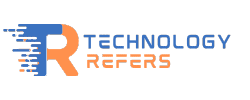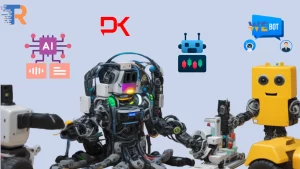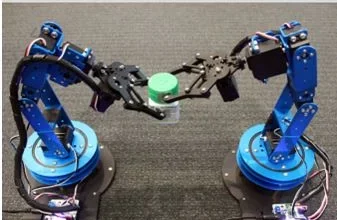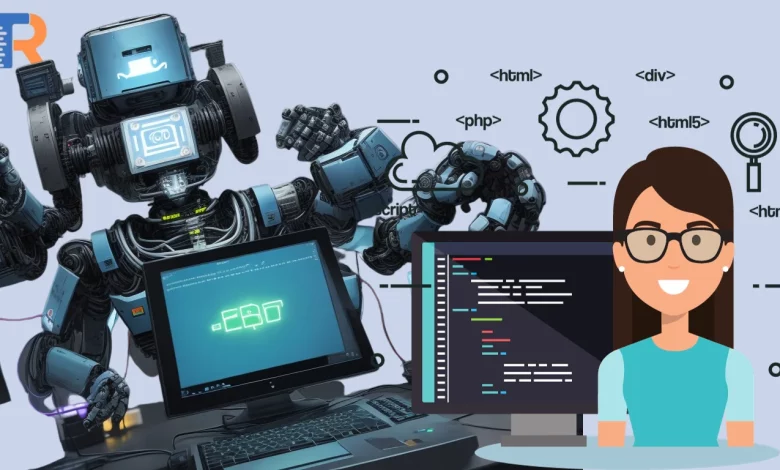
In the rapidly advancing landscape of technology, the integration of robots into various industries has become more prevalent than ever. Behind the seamless movements and intelligent actions of robots lies a crucial aspect known as robot programming. This article aims to demystify the world of robot programming, catering specifically to beginners eager to delve into this exciting field.
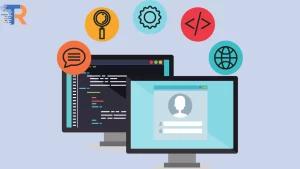
Understanding Robot Programming Language:
Robot programming language serves as the backbone for instructing robots on how to perform tasks. Just as humans communicate with each other through languages, robots follow specific languages to understand and execute commands. These languages are designed to be easily comprehensible for both humans and machines, facilitating seamless collaboration between programmers and robots.
Types of Robot Programming Languages:
-
Low-Level Robot Programming Languages:
Robot programming languages come in different flavors, and one of the foundational levels is the low-level programming languages.
- – Assembler Language: Often considered the most basic, assembler language provides a direct correspondence between machine code and human-readable instructions. While it offers a high level of control, it can be challenging for beginners. Understanding the intricate details of hardware and memory management is crucial when working with assembler language.
- – C and C++: These languages are widely used in robot programming due to their efficiency and versatility. Programmers can write code for specific robot functions, allowing for greater customization. The versatility of C and C++ enables the creation of complex algorithms and real-time systems, making them popular choices for embedded systems in robotics.
- – Java: Another high-level language, Java’s platform independence makes it suitable for a variety of robot applications. While not as commonly used in real-time systems as C and C++, Java finds its place in applications where cross-platform compatibility is crucial.
-
High-Level Robot Programming Languages:
High-level programming languages provide a more abstracted and user-friendly approach to robot programming.
- – ROS (Robot Operating System): This open-source framework simplifies the development of robot software. Its modular structure and extensive libraries make it a popular choice for researchers and developers. ROS abstracts the complexities of low-level hardware communication, allowing programmers to focus on higher-level tasks, such as perception, control, and planning.
- – Python: Known for its readability and ease of use, Python has gained popularity in the robotics community. With libraries like PyRobot, it enables the seamless integration of machine learning and artificial intelligence into robotic systems. Python’s syntax is straightforward, making it an excellent choice for beginners entering the world of robot programming.
Robot Programming Software:
Choosing the right software is crucial for efficient robot programming. Several platforms cater to different programming languages and applications.
- RoboDK:
- – Versatility: This versatile software supports a wide range of robot brands and models, making it an ideal choice for diverse robotic applications.
- – Simulation Capabilities: The user-friendly interface and simulation capabilities enable programmers to test and debug their code before deploying it to the physical robot. Simulation is a crucial step in robot programming, allowing developers to identify potential issues and optimize code without risk to the physical robot.
- Webots:
- – Simulation and Remote Monitoring: Ideal for both simulation and remote monitoring, Webots supports various programming languages, including C, C++, Python, and ROS. The ability to simulate real-world scenarios enhances the development and testing process, providing a controlled environment for algorithm validation.
- – 3D Physics Engine: Its 3D physics engine allows programmers to simulate real-world scenarios, enhancing the development and testing process. Understanding how a robot will interact with its environment is crucial for creating robust and reliable code.
Types of Robot Programming:
- Offline Programming:
Offline programming involves writing and testing code in a simulated environment before transferring it to the actual robot. This method minimizes downtime and optimizes the robot’s operational efficiency.
- – Advantages: The advantages of offline programming include reduced risks, improved safety, and the ability to iterate quickly on code without affecting the physical robot.
- – Applications: Common applications include industrial robots, where precise movements and high efficiency are critical. Offline programming is particularly beneficial in manufacturing environments, where production downtime must be minimized.
- Online Programming:
Programming the robot while it is in operation is known as online programming. This approach is suitable for tasks that require real-time adjustments and immediate feedback.
- – Flexibility: Online programming offers flexibility in adapting to changing environments and unforeseen challenges. It allows for adjustments on the fly, making it suitable for tasks that may involve dynamic or unpredictable elements.
- – Applications: Online programming is often used in scenarios where the robot must interact with a changing environment, such as in research and development settings or tasks that involve human-robot collaboration.
- Teach Pendant Programming:
Utilizes a handheld device, known as a teach pendant, to manually guide the robot through movements and record the corresponding code. This method is intuitive and often used for smaller-scale applications.
- – Intuitiveness: Teach pendant programming is intuitive, making it accessible to operators with minimal programming experience. It’s commonly used for tasks that require precision but may not justify the complexity of offline or online programming.
- – Applications: This method is often employed in education, prototyping, and applications where the programming requirements are relatively simple.
Robot Programming Courses:
Embarking on a journey into the world of robot programming can be daunting, but numerous courses cater to beginners:
- Coursera – Robotics: Aerial Robotics:
– Introduction to Aerial Robotics: This course, offered by the University of Pennsylvania, introduces participants to the basics of robot programming for aerial vehicles. It covers both theory and practical implementation, providing a solid foundation for understanding the unique challenges and opportunities in aerial robotics.
– Hands-On Experience: The course includes hands-on projects, allowing participants to apply theoretical knowledge to real-world scenarios. This practical approach is essential for developing problem-solving skills and gaining confidence in robot programming.
- edX – Robot Mechanics and Control:
– Mechanics and Control Systems: Provided by the University of Pennsylvania, this course delves into the mechanics and control systems of robots. It’s an excellent starting point for those interested in understanding the foundational principles that govern the movement and behavior of robots.
– Interactive Learning: The course incorporates interactive elements, simulations, and practical exercises to reinforce theoretical concepts. This interactive approach enhances the learning experience and helps participants grasp abstract concepts more effectively.
- Udacity – Intro to Robotics:
– Fundamentals of Robotics: This comprehensive course covers the fundamentals of robotics, including kinematics, sensors, and control systems. It provides hands-on experience with real-world robotic systems, allowing participants to bridge the gap between theory and application.
– Project-Based Learning: The course emphasizes project-based learning, encouraging participants to work on practical applications and solve real-world challenges. This approach ensures that participants not only understand theoretical concepts but also develop the practical skills needed for successful robot programming.

Conclusion:
Robot programming is an intricate yet fascinating field that empowers individuals to bring machines to life. From low-level languages to high-level frameworks, the world of robot programming offers diverse avenues for exploration. By understanding the nuances of robot programming language and selecting the right software, beginners can embark on a rewarding journey toward becoming proficient robot programmers.
Courses tailored for beginners further enhance this learning experience, providing a structured path to mastering the art and science of robot programming. So, whether you’re intrigued by the prospect of controlling robotic arms or programming autonomous drones, the world of robot programming awaits your creative touch.
Dive into the realm of possibilities, and let the language of robots become your canvas for innovation and discovery. Remember, the journey of a thousand lines of code begins with a single keystroke, and the possibilities are limited only by your imagination. Embrace the challenges, enjoy the process of learning, and become a part of the exciting world of robot programming. The future of technology is in your hands, waiting to be programmed.
